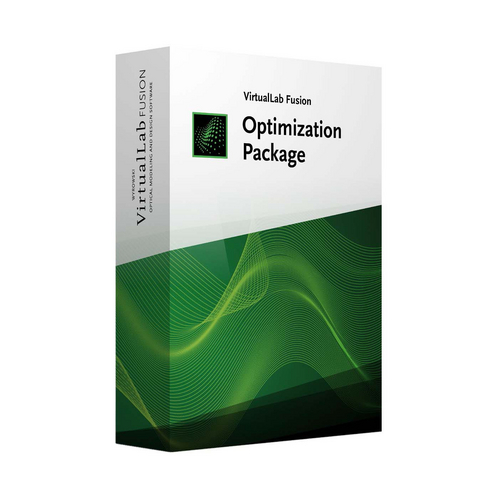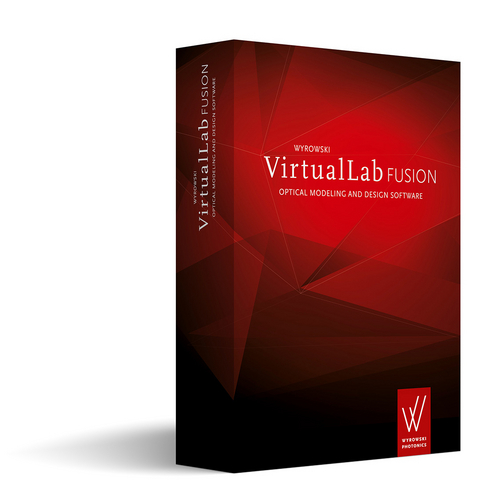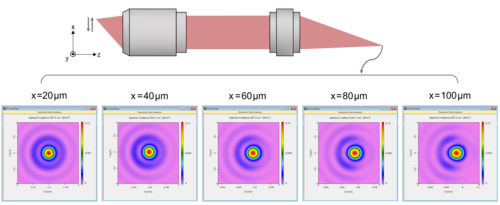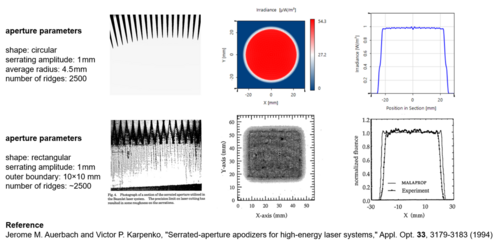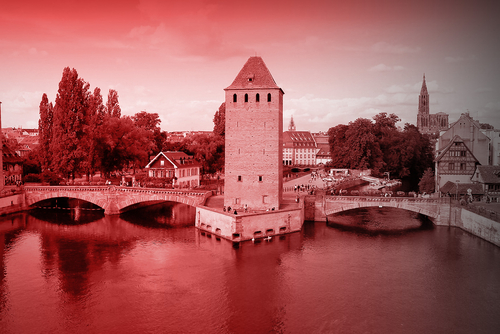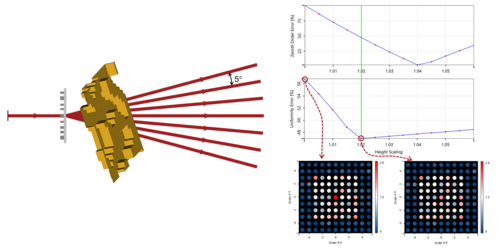What’s new in our Optical Modeling and Design Software?
Don't Miss Our Upcoming Events in May 2024
May has begun, and we are looking forward to all the amazing events that are coming up in the optics community! You will get the chance to learn about our latest powerful technology at a variety of trade fairs, exhibitions, conferences, talks, and webinars.
Don't miss out!
High-NA Microscopy for Revolutionary Imaging
High numerical aperture (NA) microscopy revolutionizes our ability to probe biological structures with unprecedented clarity and precision. By harnessing the principles of optics, microscopes with numerical apertures that surpass traditional limits excel in capturing intricate cellular architectures, dynamic molecular interactions, and subtle nanoscale phenomena. Whether unraveling the mysteries of cellular dynamics or delving into the intricacies of nanomaterials, high NA microscopy empowers scientists to push the boundaries of exploration and discovery in the microscopic world.
VirtualLab Fusion, the optical modeling and design software, provides optical engineers with a comprehensive suite of interoperable simulation algorithms consolidated onto a single platform. This empowers engineers to thoroughly explore optical systems, like these powerful high-NA microscopes, encompassing all relevant effects, and equips them with the necessary tools for comprehensive investigation.
Spatial Filtering in Optical Systems for High-Quality Laser Beams
Spatial filtering is a crucial technique in optics for refining laser beams, enhancing their quality, and minimizing aberrations and unwanted diffraction effects. By employing a combination of lenses and apertures, spatial filtering selectively removes unwanted components such as noise, diffraction patterns, and spatial irregularities from the laser beam. This process ensures a more uniform intensity distribution, reduces divergence, and enhances coherence, leading to improved beam quality. Spatial filtering is indispensable in various applications including laser machining, holography, microscopy, and telecommunications, where precise control over beam characteristics is essential for optimal performance and accuracy.
VirtualLab Fusion's unique simulation techniques enable users to model filtering in detail, thereby allowing them to assess the impact on the performance and characteristics of the optical system.
SPIE Photonics Europe & Optical System Design
Experience two cross-disciplinary SPIE events showcasing cutting-edge optics and photonics technologies, encompassing digital optics, quantum technologies, optical imaging, sensing, and metrology. The events will also cover topics such as metalenses, AR/VR, and, of course, strategies for addressing these challenges through optical design.
This is an opportunity to engage with our technical experts and sales representatives to explore the diverse applications and solutions offered by our optical modeling and design software, VirtualLab Fusion.
You are encouraged to attend the Computational Optics Conference and enjoy Frank Wyrowski's presentations, where he will discuss a method for formulating physical optics propagation in homogeneous media, facilitating a smooth transition to the subset of geometrical optics in both theory and practice. But optical systems are not just free-space propagation, are they?
So, in addition, delve into the topic of "Physical-Optics Modeling and Design of Curved Surfaces" for deeper insights.
Further details and conference talks are provided below.
Back to the Future of DOE Design – Part 1: Design & Rigorous Optimization of a Diffractive Beam Splitter
Back to the Future of DOE Design
Part 1:
Design & Rigorous Optimization of a Diffractive Beam Splitter
In the first part of our series on diffractive optical elements (DOEs) we would like to turn our attention to diffractive beam splitters which, in contrast to other DOEs like beam shapers and diffusers, are desired to generate a uniform discrete pattern. Because the working principle of these components is based on diffraction of the incident light by these patterned surfaces, DOE beam shapers and beam splitters can be designed to be much thinner and lighter than their refractive counterparts, but the small structure sizes required make them difficult and resource-intensive to simulate.
In this field, the fast, accurate and flexible simulation and design algorithms of VirtualLab Fusion play to their strengths: the advantages of different solvers like the Thin Element Approximation (TEA), Rigorous Coupled Wave Analysis (RCWA) and Fourier techniques for free-space propagation are combined to allow optical engineers to not just design the elements, but also analyze their behavior in complex systems.
As an example, we would like to present the design of a non-paraxial beamsplitter, which is further optimized by applying rigorous techniques. The document (linked below) offers a deeper look into our diffractive optical element and microstructure components.




